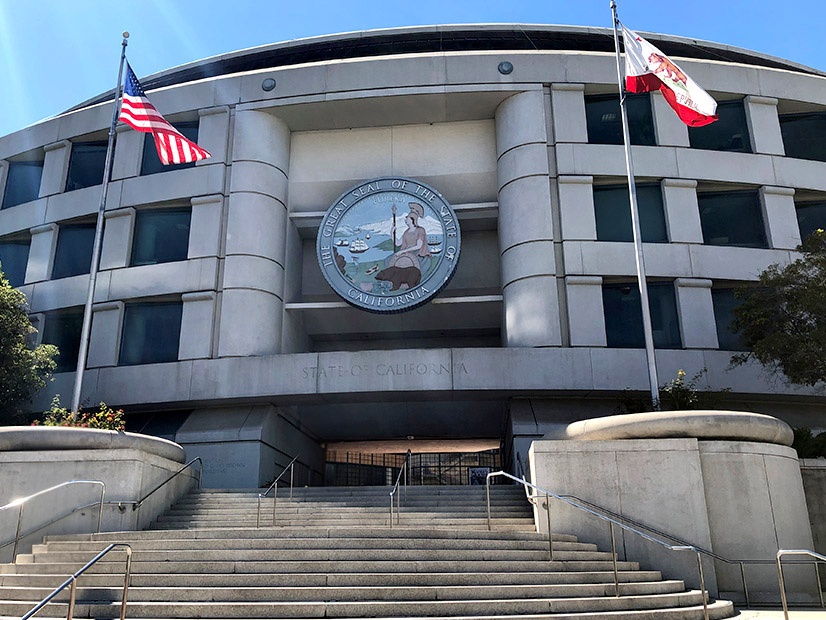California utility regulators voted Thursday to launch a proceeding to establish rules and requirements for the state’s resource adequacy program from 2025 to 2028.
“This rulemaking continues the California Public Utilities Commission’s oversight of the resource adequacy program, establishes forward RA procurement obligations applicable to load-serving entities beginning with the 2025 compliance year and considers structural reforms to the program,” the commission said in the order instituting rulemaking (OIR) approved last week.
“Reliability is a critical priority for California’s electric system. Resource adequacy ensures reliability in real time, and I look forward to building on the work we’ve done in recent years to refine the program and support the achievement of our ambitious climate goals,” CPUC President Alice Reynolds said in a statement after the commission approved the proposal.
The CPUC said the “preliminary scope” of the proceeding would include adoption of LSEs’ local capacity procurement requirements for 2025-2028 and flexible capacity procurement requirements for 2025 and 2026. Both sets of requirements will be rooted in CAISO’s annual local capacity area technical study, the commission said.
Other matters to be considered in the rulemaking include:
-
- potential modification of the state’s new 24-hour “slice-of-day” planning framework, which requires LSEs to show they have enough resources on hand to meet load and planning reserve margin requirements for the day with the highest peak load in each month;
- potential changes to the RA penalty structure and consideration of new ways to incentivize compliance;
- increased coordination with utility integrated resource plan activities, including consideration of “appropriate” planning reserve margin requirements for short-term planning compared with the longer time frame for IRP proceedings;
- exploration of changes to the methodology for counting qualifying capacity from resources, including demand response resources; and
- the possible application of an unforced capacity methodology “for resource counting that would account for ambient derates and forced outages.”
The agency also will use the proceeding to seek additional suggestions from affected parties, it said.
Comments on the scope, schedule and administration of the proceeding are due no later than 20 days after approval of the OIR, and reply comments are due within 30 days after that. A prehearing conference for the rulemaking is scheduled for Nov. 17, and the commission seeks to issue a scoping memo in December. A proposed decision is slated for May 2024, with a vote on the final plan expected in June.
“California’s resource adequacy process is critical to ensuring sufficient resources are available to the California Independent System Operator for the safe and reliable operation of the grid, to advance our clean energy goals and to minimize costs to ratepayers,” Commissioner Darcie Houck said.



